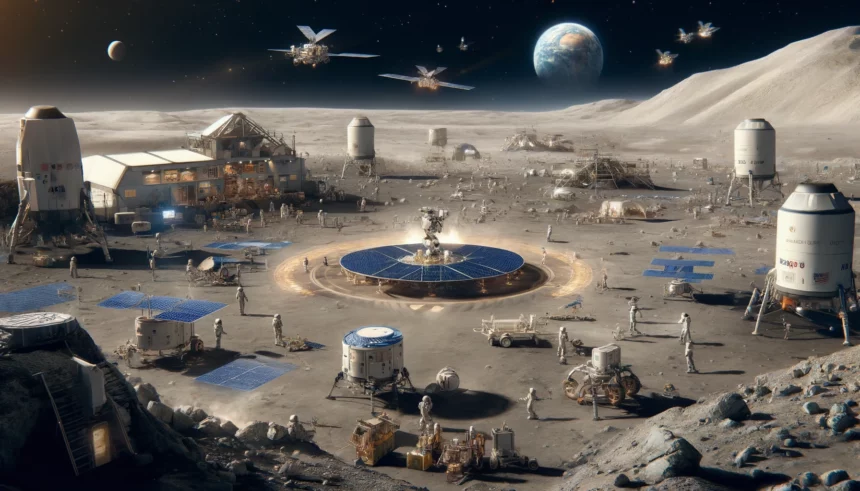In a move to boost lunar exploration, NASA has launched the Commercial Lunar Payload Services (CLPS) program. Started in 2018, CLPS taps into the expertise of American companies to send science and technology equipment to the Moon. This not only supports NASA’s plans for future manned missions but also aims to kickstart a lunar economy.
The Goals of CLPS
CLPS marks a new direction for NASA, turning to commercial firms to speed up lunar exploration while cutting costs. The main goals are:
- Sending scientific gear and demos to the Moon to better understand it and prep for human visits.
- Building a strong commercial sector around lunar activities, which means new jobs and innovations.
- Making lunar missions cheaper and safer by using a mix of companies and mission plans.
- Setting up a long-term presence on the Moon with regular deliveries and building necessary infrastructure.
How CLPS Operates
NASA puts out calls for companies to propose how they would carry and land payloads on the Moon. These companies take care of everything from designing the landers to launching them. NASA picks the best proposals through a competitive process, focusing on cost, technical ability, and how well they meet NASA’s goals.
Companies and Missions Under CLPS
As of 2023, NASA has contracts with five companies: Astrobotic, Intuitive Machines, Firefly Aerospace, Draper, and SpaceX. These companies are gearing up for various missions:
- Astrobotic will launch its first mission in 2024 to deliver 11 NASA payloads to a specific lunar region.
- Intuitive Machines has already landed a craft on the Moon and plans more missions to explore for water and other resources.
- Firefly Aerospace will send missions to study areas including the far side of the Moon.
- Draper plans a mission in 2026 to study the Moon’s electromagnetic environment.
- SpaceX, though not yet assigned a mission, is expected to use its Starship for future lunar trips.
Challenges and Future Plans
The CLPS program faces hurdles, especially the tough lunar environment and the need to coordinate multiple missions without overlap. Despite these challenges, the program opens up vast opportunities for scientific and commercial gains. It sets the stage for a steady flow of missions, aiding in the establishment of a permanent human presence on the Moon and potentially serving as a stepping stone for further solar system exploration.
In summary, NASA’s CLPS program is a major step toward returning to the Moon and expanding human activity in space, leveraging private sector innovation to make it happen.
















